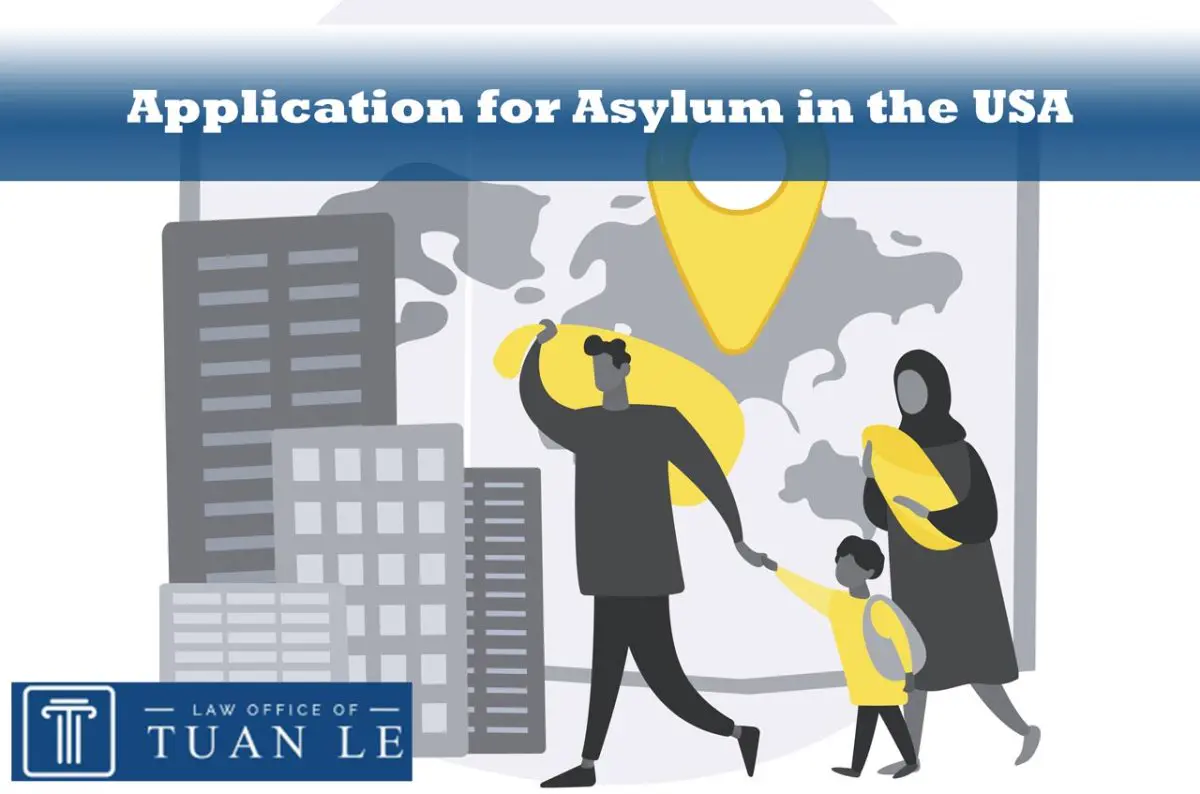Asylum Humanitarian Relief
Asylum Seekers Legal Rights and Challenges Faced in the U.S.
November 18, 2025
29 min read
Application for asylum in the US is a multi-step process that can be confusing for foreign individuals. Read our simple step-by-step guide.

For many years, the United States has been one of the most popular destinations for asylum seekers from different parts of the world. They come in the hope of finding safety and protection. However, filing an application for asylum in the US can be frustrating and complicated. Many asylum seekers prefer to have an immigration lawyer by their side to guide them through the asylum application process and help them understand the US asylum law and asylum seekers rights. This professional help greatly improves their chance of getting approved. But, even if you hire an immigration attorney, it is crucial for you to know how the asylum process in the USA works. So, we are going to explain every step of the asylum seeker application process, asylum eligibility, the documentation and evidence, the asylum interview and screening process, and more. We will also answer some of your frequently asked questions about the asylum process in the US. Are you seeking asylum in the USA? Consult with an experienced immigration lawyer in Orange, CA for free. Call to schedule an appointment .

People might flee their home country to seek asylum in a foreign country for various reasons, for example, political asylum. Regardless of why and where they come from, asylum seekers in the United States are dealt with equally based on the asylum law and legal framework in this country. In addition, asylum seekers benefits and rights are different in each country according to Its domestic laws and regulations. We have already discussed the Legal Rights and benefits for Asylum Seekers in the USA , now we will go over the steps one will need to take when applying for asylum in the US.
Upon their arrival, asylum seekers must ask to visit a US immigration officer to express their intention of seeking asylum. The initiation usually happens by:
Asylum seekers must file Form I-589 , Application for Asylum and for Withholding of Removal, with the USCIS, within 1 year of their arrival.
Individuals who can prove they cannot go back to their home country because of fear of persecution due to their:
Before anything, read the Form I-589 instructions and ensure you can complete the form correctly. Except for the form, you have to attach the supporting documentation. This includes:
After the asylum application is submitted, most applicants receive a notice that requires them to undergo biometric and background checks. During this, your fingerprints, photo, and signature are taken for security purposes.
As a part of the application process, asylum applicants must appear for the asylum interview. During this interview, you will have the opportunity to prove your case and support your claims by providing additional evidence and explanation for a USCIS asylum officer. The asylum officer will then evaluate your case and It's credibility.
After careful consideration, the decision about your application for asylum will be made. It can be one of the following:
If the asylum application is referred to the immigration court, the applicant has the chance to present the evidence and testimonies to an immigration judge who will make the final decision about the asylum eligibility. In this stage, although applicants can represent themselves, having a legal representative can pave the way towards becoming a refugee. Read Immigration Court Defense Strategies to learn what happens during an immigration court hearing.
In some cases, if the application is denied, it is possible to appeal to the Board of Immigration Appeals (BIA) . This should be done soon after the rejection. The case will be reviewed to make a decision if the denial is to be overturned or upheld. In a few cases, if the BIA also denies the application, the applicant can request a judicial review by filing a petition to the federal court for another review of the case. If the case is denied and the decision is final, the applicant:
Call to discuss your case more

As the legal framework is complicated, there are so many questions and worries regarding the application for asylum process. We have asked our immigration lawyer to answer some of the most common questions briefly.
The main difference between asylum seekers and refugees is that refugees have permission to enter the country but asylum seekers do not. Therefore, refugees can enter legally because permission has already been granted to them, usually due to war, violence, or persecution in their home country. However, asylum seekers have to apply for asylum upon their arrival or while they are in the US, even if they have entered the country illegally. If their asylum application is approved, they will receive refugee status.
Yes. According to international asylum law, any individual has the right to seek asylum in a foreign country.
The processing time for asylum applications in the US can take up to 180 days after the submission of the application form. However, it can take longer for some cases, particularly those who need to appeal or are referred to the immigration court.
Filing Form I-589 and the biometrics for asylum seekers are free.
Each country has its own domestic asylum law based on which the asylum seekers rights and protection are defined. In the United States, asylum seekers have the right to:
Asylum seekers can benefit from:
There are a few main differences between refugees and immigrants.
Applicants can include their spouse and children (under 21) in their asylum application form. However, it is possible for them to file a separate application if they are eligible for asylum.
No. The individual must be physically present in the US when applying for asylum. This is one of the main requirements for the asylum application.
Yes. After residing in the United States for a certain period of time and meeting some other requirements, refugees can obtain their green card or permanent residency. Then, after a period of time, they can obtain their US citizenship through the naturalization process. For more information see Paths to Become a US Citizen and A Guide to Naturalization Process . The Law Office of Tuan Le offers a 30-minute free legal consultation to asylum seekers in the United States. Call for more information.

We have discussed the intricate process of the application for asylum in the US. Dealing with legal issues can be daunting even for residents, let alone asylum seekers who are not completely familiar with legal procedures and even the English language. To make sure all the difficulties you are going through to achieve refugee status will pay off, hire Mr. Tuan Le, an experienced immigration lawyer in Orange, CA, to guide you through every step of the process. Call (714) 877-5840 to schedule an appointment.
Need guidance from an experienced immigration attorney?
Mr. Le has granted you a 30-minute consultation session.